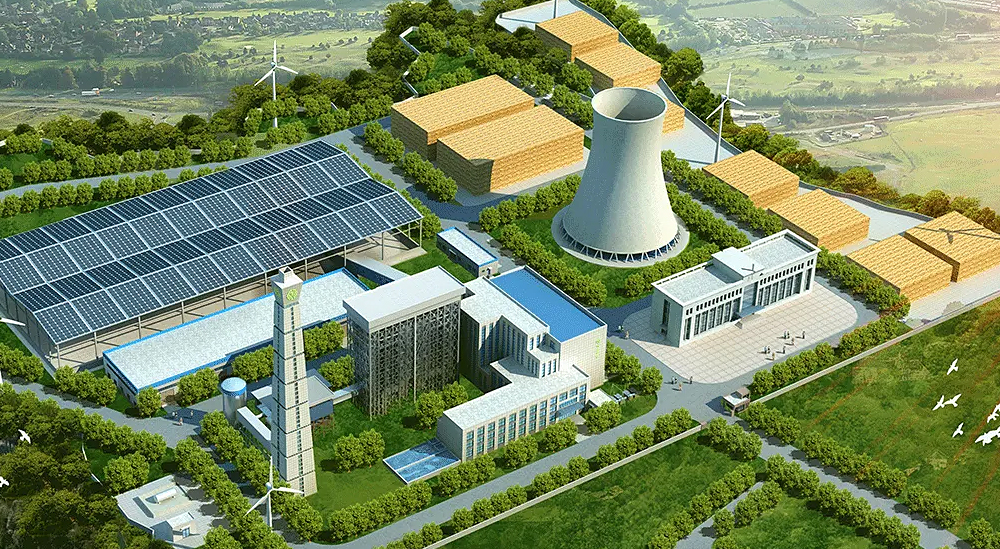Biomass energy, as the fourth largest energy source in the world, is a clean and renewable energy source, mostly derived from organic matter produced by plant photosynthesis. According to its different sources, biomass energy can be divided into five categories: forestry resources, agricultural resources, domestic sewage and industrial organic wastewater, municipal solid waste, and livestock and poultry manure [1]. A large number of crop straws in rural areas in my country have not been fully utilized, resulting in a serious waste of biomass resources. In October 2017, General Secretary Xi Jinping proposed a rural revitalization strategy; the National Energy Administration pointed out that biomass energy should play a greater role in rural clean heating; 2017-2021)”, four clean heating methods have been formulated, including renewable energy heating methods including biomass energy; in July 2019, the General Department of the National Energy "Notice on Issues Related to the Promotion of Clean Heating such as "Coal-to-Electricity"" soliciting opinions, proposing to expand a variety of clean heating methods according to local conditions. Focus on the development of biomass heating; China's biomass heating methods are roughly divided into biomass cogeneration and biomass briquette fuel heating. It is estimated that the biomass heating area will reach 480 million square meters in 2019 [2] ; The Central No. 1 document issued by the State Council in 2020 and 2021 "Opinions of the Central Committee of the Communist Party of China and the State Council on Doing a Good Job in the "Three Rural" Fields to Ensure the Achievement of a Well-off in an All-round Way as Scheduled" and "The Central Committee of the Communist Party of China and the State Council on Comprehensively Promoting Rural Revitalization and Speeding up Agriculture and Rural Areas" The Opinions on Modernization once again stated that the state attaches great importance to "three rural areas" (rural areas, agriculture, and farmers), that is, to rural development, agricultural revitalization and the living environment of farmers. Therefore, achieving clean heating of the living environment by effectively utilizing the abundant biomass energy in rural areas is also the key to the work of "agriculture, rural areas and farmers" and rural revitalization.

The use of biomass energy for clean heating, on the one hand, can make full use of the abundant resources in rural areas (such as corn, wheat and other straw), alleviate the waste of biomass resources, and reduce the economic burden of rural residents in heating, and realize the utilization of rural biomass resources. Self-produced and sold; on the other hand, toxic gases such as carbon monoxide and nitrogen oxides produced by traditional coal-fired heating methods are harmful to the health of residents and the atmospheric environment. ) regulations, the current sulfur dioxide emission concentration of newly built boilers cannot exceed 50mg/m3, nitrogen oxide emission concentration does not exceed 200mg/m3, and particulate matter emission concentration does not exceed 20mg/m3, and the use of efficient and clean biomass combustion technology can effectively reduce pollution In addition, the effective use of biomass resources also relieves the tension of coal, oil and other energy sources to a certain extent, optimizes the allocation of resources, and ensures the country's energy security.
Related Products: 2-3t/h Pellet Mill LD720 | 1-1.5t/h Pellet Mill LD560A